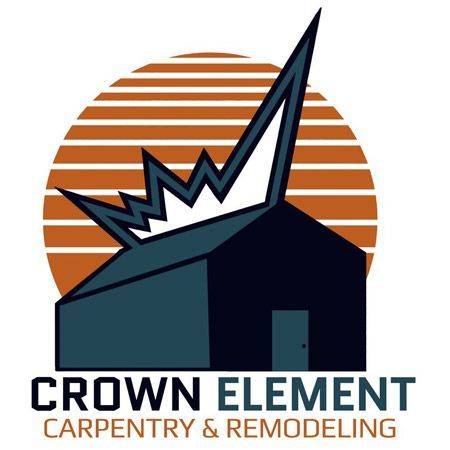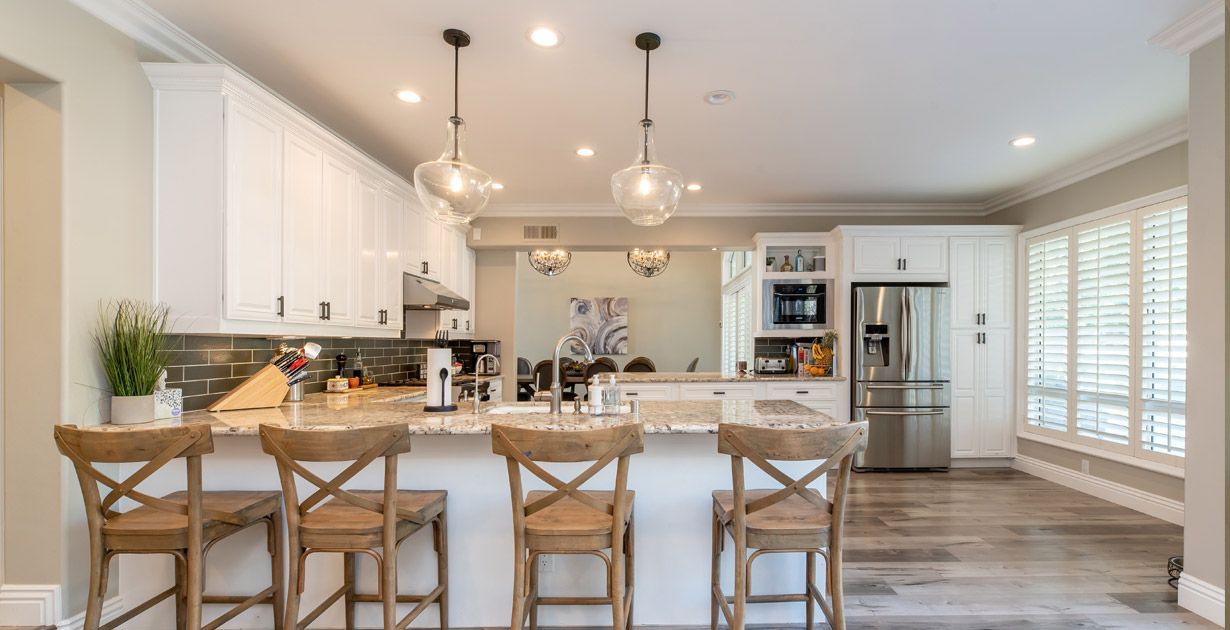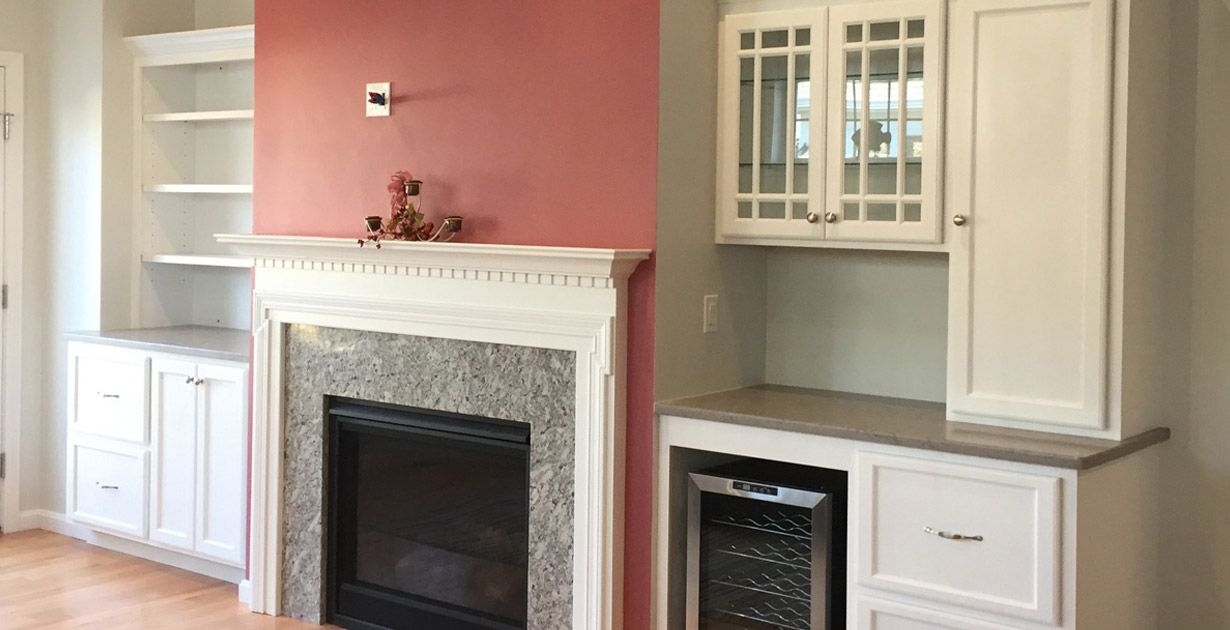Best Deck Material Options
What are the best deck material options for a deck project?
When it comes to building or renovating a deck, choosing the right material is important. Your choice of material will ultimately impact your deck's appearance, maintenance requirements, durability, and cost.
With various options available, it's essential to weigh the pros and cons of each. Here, we'll explore some of the best deck material options to help you make an informed decision for your outdoor oasis.
Pressure-Treated Wood
Pressure-treated lumber stands as one of the most prevalent choices for wooden decking. Unlike standard lumber, which lacks chemical treatment, pressure-treated lumber undergoes a process where it becomes infused with specific chemicals. These chemicals serve to repel insects, thwart the growth of mold and mildew, and fortify the wood against rot, thereby augmenting its innate resilience.
Pros
Pressure-treated wood, typically made from pine, is an affordable option. It's readily available and easy to work with. It can be stained or painted to match your style.
Cons
It requires regular maintenance, including staining or sealing every few years to prevent rot and insect damage. Over time, it may develop cracks, splinters, and a weathered appearance.
Cedar
Cedar has earned a reputation as a premium choice for decking in contrast to pressure-treated lumber. As time goes by, this naturally beautiful wood choice ages into a gentle gray patina. Additionally, in contrast to pressure treated wood, cedar contains natural tannins, which makes it highly resistant to decay, pests, and deterioration.
Pros
Cedar is naturally resistant to insects and decay. It has an attractive, rustic appearance and requires less maintenance compared to pressure-treated wood.
Cons
It can be more expensive upfront. While it resists decay, it can still fade and require periodic sealing or staining to maintain its appearance.
Composite Decking
Composite decking comes in a variety of types, and at its core, "composite" signifies the combination of durable materials to produce a final product. Typically, a blend of low-density polyethylene (LDPE) and wood fibers are the primary composition.
Pros
Composite decking is a blend of wood fibers and plastic. It offers a wood-like appearance without the maintenance. It's highly durable, resistant to rot, and comes in various colors and styles. Composite decking is also eco-friendly.
Cons
It can be more expensive than wood upfront. While it requires less maintenance, some brands may be prone to staining and fading over time.
Vinyl (PVC) Decking
PVC plastics come in various quality grades, but most exhibit remarkable durability. Premium PVC decking largely eliminates the vulnerabilities associated with wood. This translates to a hassle-free experience as a homeowner, as you won't need to concern yourself with sanding or staining, which makes vinyl decking an almost entirely maintenance-free option.
Pros
Vinyl decking is incredibly low-maintenance and highly durable. It's resistant to rot, insects, and fading. It comes in various colors and textures, often mimicking the look of wood.
Cons
It can be one of the pricier options. Vinyl decking may have a less natural appearance compared to wood or composite.
Aluminum Decking
Aluminum decking is another durable substitute for traditional wood decking. Its low-maintenance characteristics mean it can endure for extended periods without needing replacement, as it doesn't succumb to decay or cracking over time. Additionally, it has fire-resistant properties, further enhancing its appeal.
Pros
Aluminum decking is exceptionally durable and resistant to rust, insects, and rot. It's lightweight, fire-resistant, and requires minimal maintenance.
Cons
It can be more expensive than wood and some other materials. The surface may get hot in direct sunlight, making it less comfortable for bare feet.
Tropical Hardwoods
Exotic hardwoods like ‘Ipe’ (Brazilian Walnut), tigerwood, mahogany, and ‘cumaru’ (Brazilian Teak) are excellent choices for decking materials. These hardwoods live up to their name, known for their exceptional hardness and resistance to termites and decay due to their dense composition. Each hardwood variety has a unique appearance, for example, ‘Ipe’ features a rich crimson-brown hue that gradually fades to gray, unless it's oiled 1-2 times annually.
Pros
Exotic hardwoods like ipe and tigerwood are incredibly dense and durable. They resist rot, insects, and weathering naturally. They have a unique, luxurious appearance.
Cons
These woods are among the most expensive options. They require special tools for installation and regular application of hardwood-specific oil to maintain their color and durability.
Conclusion
The best deck material for you depends on your budget, desired appearance, and maintenance preferences. Consider the climate in your area, as well as how you plan to use your deck. No matter your choice, proper installation and routine maintenance are essential to ensure your deck remains a beautiful and functional outdoor space for years to come.
Start your decking project with Crown Element Carpentry today! Contact us for an estimate.
Let’s talk about your project
Fill out the form, or call us to set up a meeting at (401) 464-2432

Let's talk About Project
We will get back to you as soon as possible.
Please try again later.
About Us
We bring passion and attention to detail to every project that we undertake, with a professional team and hundreds of projects complete, you'll be sure to love your space again when you work with Crown Element Carpentry and Remodeling.
Services
Contact Us
All Rights Reserved | Crown Element Carpentry and Remodeling | Web Development by Local Business First


